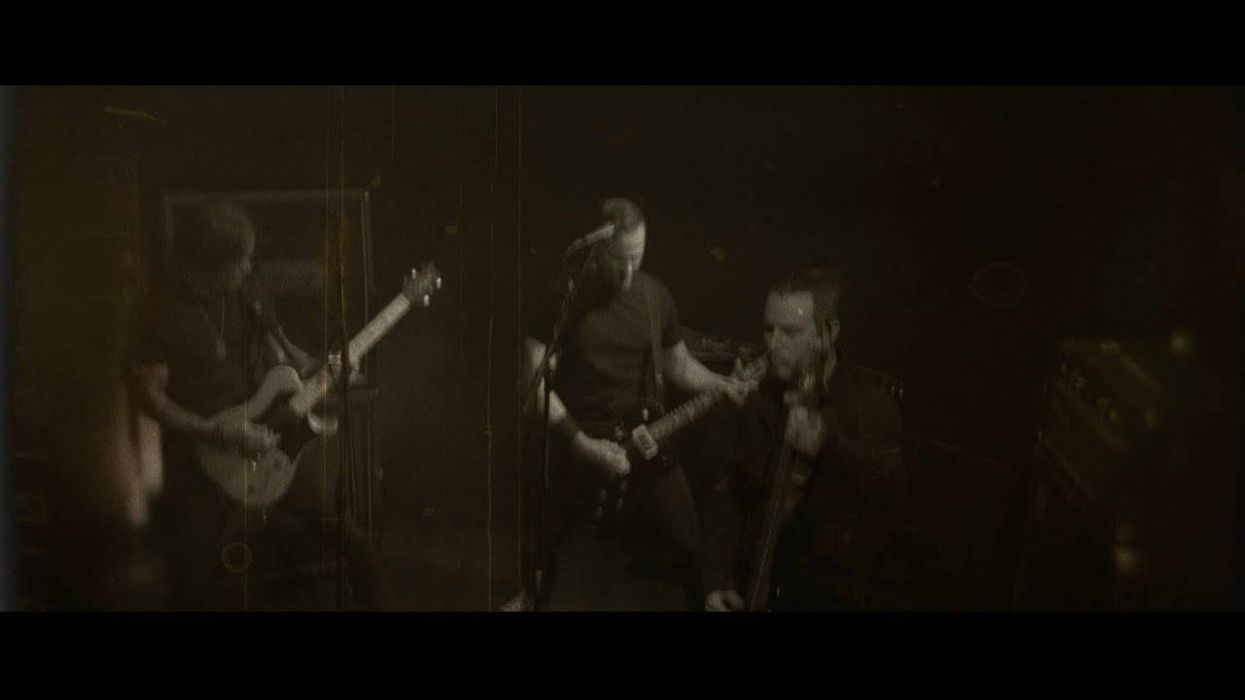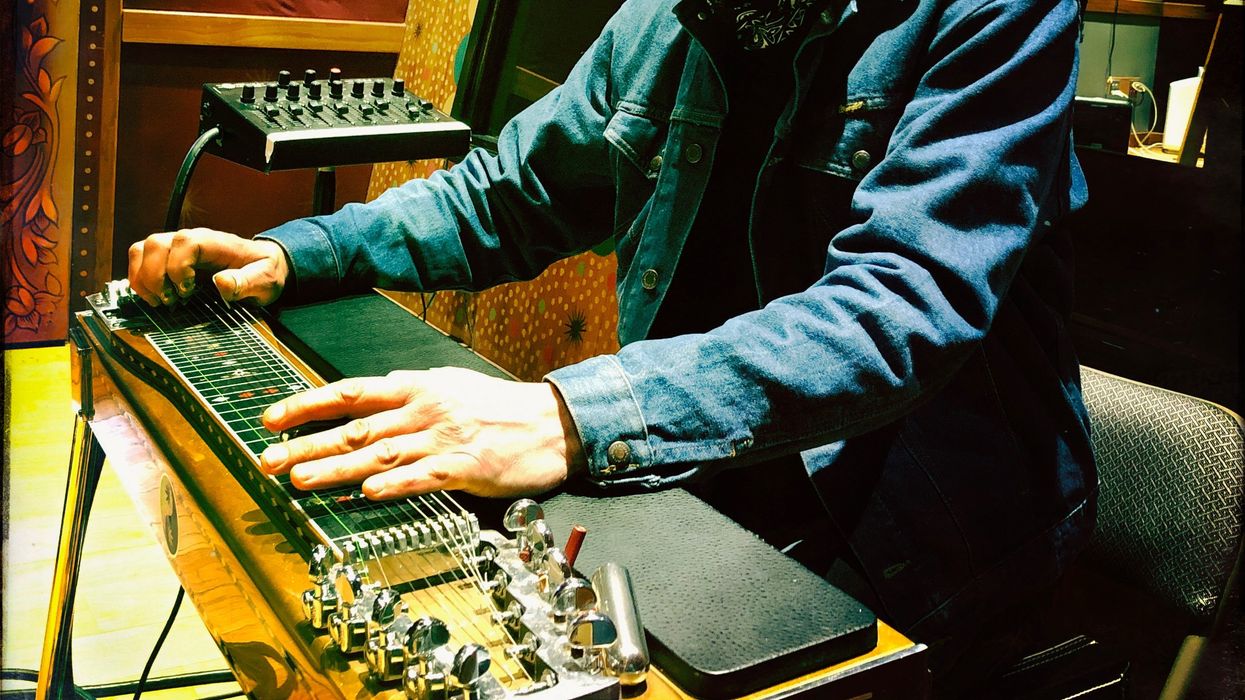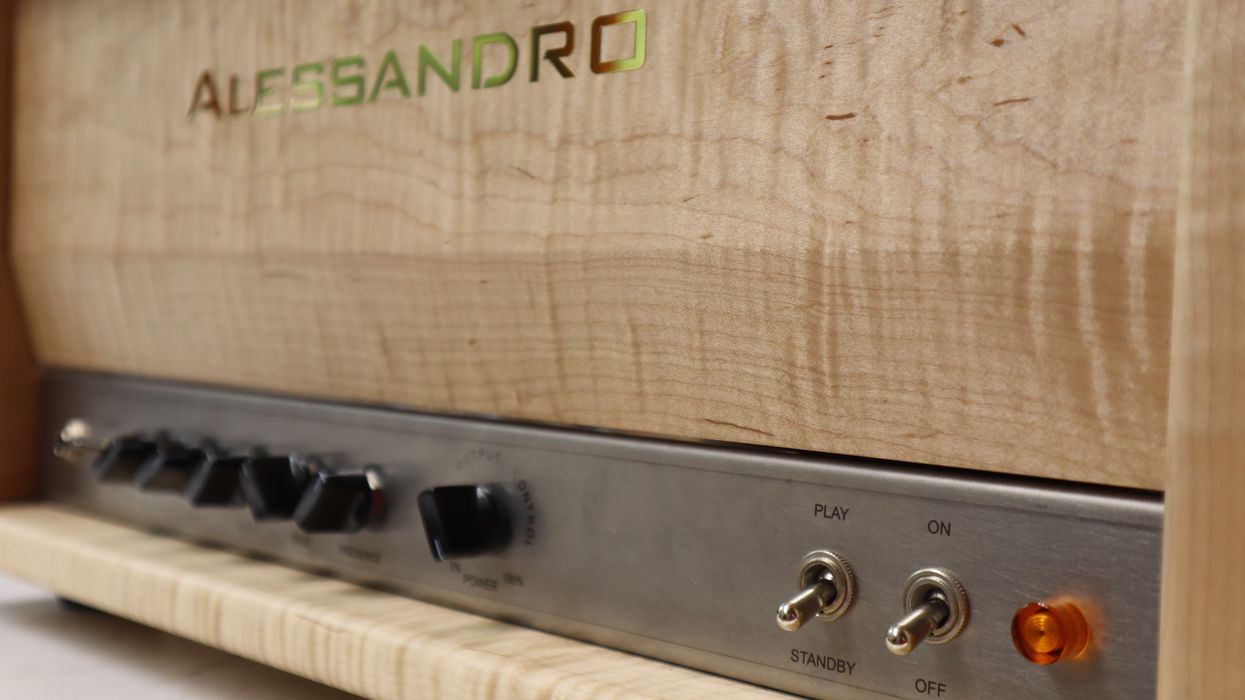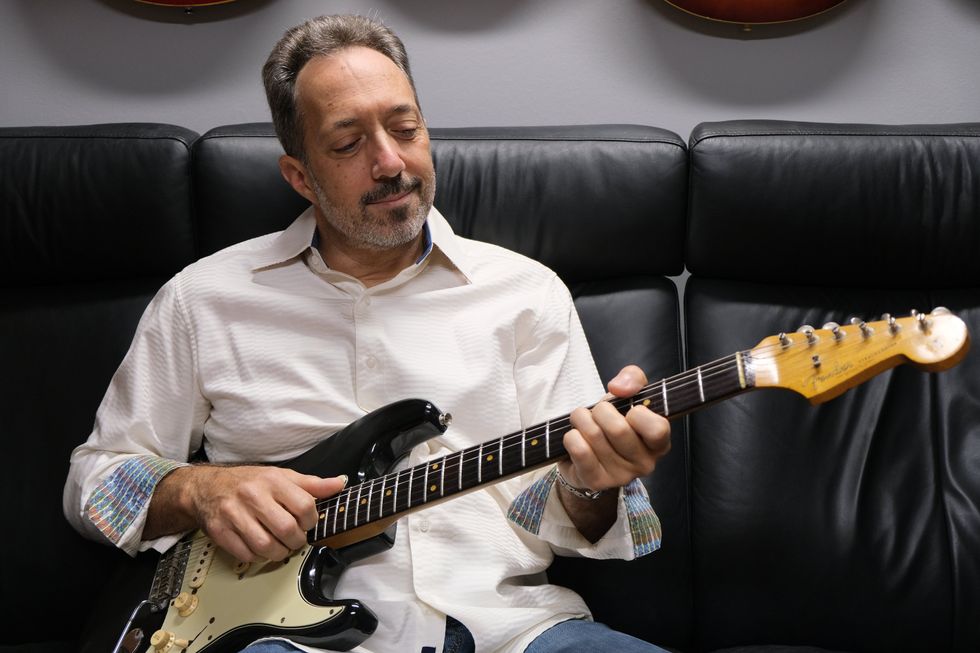It’s no secret you and I are inveterate tone philanderers. Once we’ve supposedly settled on a favorite rig recipe, it’s never long before something entices us with the potential for a .05 percent improvement. Or we hear a cool new song/player/band that makes us think maybe such-and-such direction is something we ought to finally look into. Or we have a bad jam session and suddenly think something’s amok with our gear.
When such dabblings involve less-invasive, less-expensive “solutions” like new picks, strings, pickups, or pedals, the damage isn’t usually that big of a deal. It’s easy and fun to see if new stuff works with our go-to instruments and amps.
But when you start falling out of love with something pricey that’s integral to your rig, it can send you into panic mode. “What’s wrong with my gear?” “What’s wrong with me—why don’t I sound as good as I used to?” “What the hell am I going to do at the rehearsal/gig/session this weekend!?”
Sometimes there really is something wrong but the fix is easy. Your axe needs new strings, a setup, or a new pot. Maybe your amp’s power tubes are on their last legs. But sometimes we’ve just overlooked the effect of incremental changes over time—new pedals, new settings, revised signal-chain order, etc. We wake up one day and go, “WTF?” and start frantically trying to reverse-engineer stuff to what we think it was like when we loved our sound. (This is why I take pics of my amp and pedal settings when they sound particularly good—I hope they’ll be breadcrumb trails back to aural contentment.) And yet, sometimes the problem is that we just haven’t been cognizant of our own musical evolution.
A couple of years ago some combination of these scenarios found me frustrated and falling out of love with the Jaguar HC50 amp that had become a cornerstone of my rig—particularly for baritone guitar. The Jag’s oversized dimensions and taut, Hiwatt-ish EL34 tones yielded more body and headroom than any combo I’d ever heard, but as my tastes, playing approach, and stompbox pairings changed, I started feeling like the amp sounded a little lackluster. A swap of the original speaker helped, as did discovering Preferred Series EL34s from the Tube Store, but the continued morphing of my approach got me feeling like the amp sounded a bit harsh. Scouring the web for answers, I stumbled across forum and blog posts—as well as an old PG article by amp expert Dave Hunter—that convinced me to try one last-ditch effort to salvage the relationship.
Phase inverters. For the uninitiated—a shockingly large number, truth be told—the mere sound of those words makes the reality of the thing seem about as impactful as an amp fuse. Sure, it needs one, but no one sits around blabbing about which type sounds the most baller. I’ll never understand why phase-inverter tube experimentation is almost never addressed in mainstream guitar thought. You hear all sorts of B.S. about which brand of 12AX7s rules, but you have to practically plunder the “dark web” of guitardom for any discussion of the preamp bottle that’s perhaps most critical of all.
All I know is I’m glad I scoured, because after taking the Jag’s 12AX7 phase inverter out and trying a few options, I found that a 12AY7—which has a gain factor of 40 vs. the 12AX7’s top-level factor of 100—restored my faith in the amp. In fact, the success of these efforts inspired me to invite Hunter to write this month’s expanded feature on preamp-tube swapping. I’ve been ecstatic with the Jag ever since: It still sounds big, spacious, and tough when I want it to, but the 12AY7 changed its feel, giving it a softer, spongier response more like what you’d get from, say, an old Fender.
Speaking of which, I recently expanded my amp collection to include a silverface Vibrolux Reverb. With its smaller, lighter 2x10 configuration and 40 watts of 6L6 power, the VR is sometimes thought of as a “Twin Reverb Lite.” But when mine arrived I couldn’t get as much headroom as that nickname implies—especially when I wanted to drench my baritones in that inimitable vintage-Fender reverb. Even brand-new, higher-wattage speakers didn’t get me there. I tried new power tubes, which helped a bit, but it wasn’t till I started experimenting with preamp tubes again that it began to sound killer. Guess what I settled on? Yep, a 12AY7. Only not as the phase inverter (it didn’t sound as clean and punchy as the original-spec 12AT7). No, this time it went into the vibrato channel’s first gain-stage position (V2), normally a 12AX7. Now I can turn the VR’s volume up to 9 before it breaks up, and it sounds glorious in all the ways I envisioned.
The takeaway here? I don’t know if there’s truly a vast conspiracy to shove 12AX7s down our throats, but it’s a travesty that more of us aren’t discovering the wonders of alternative preamp tubes.

















